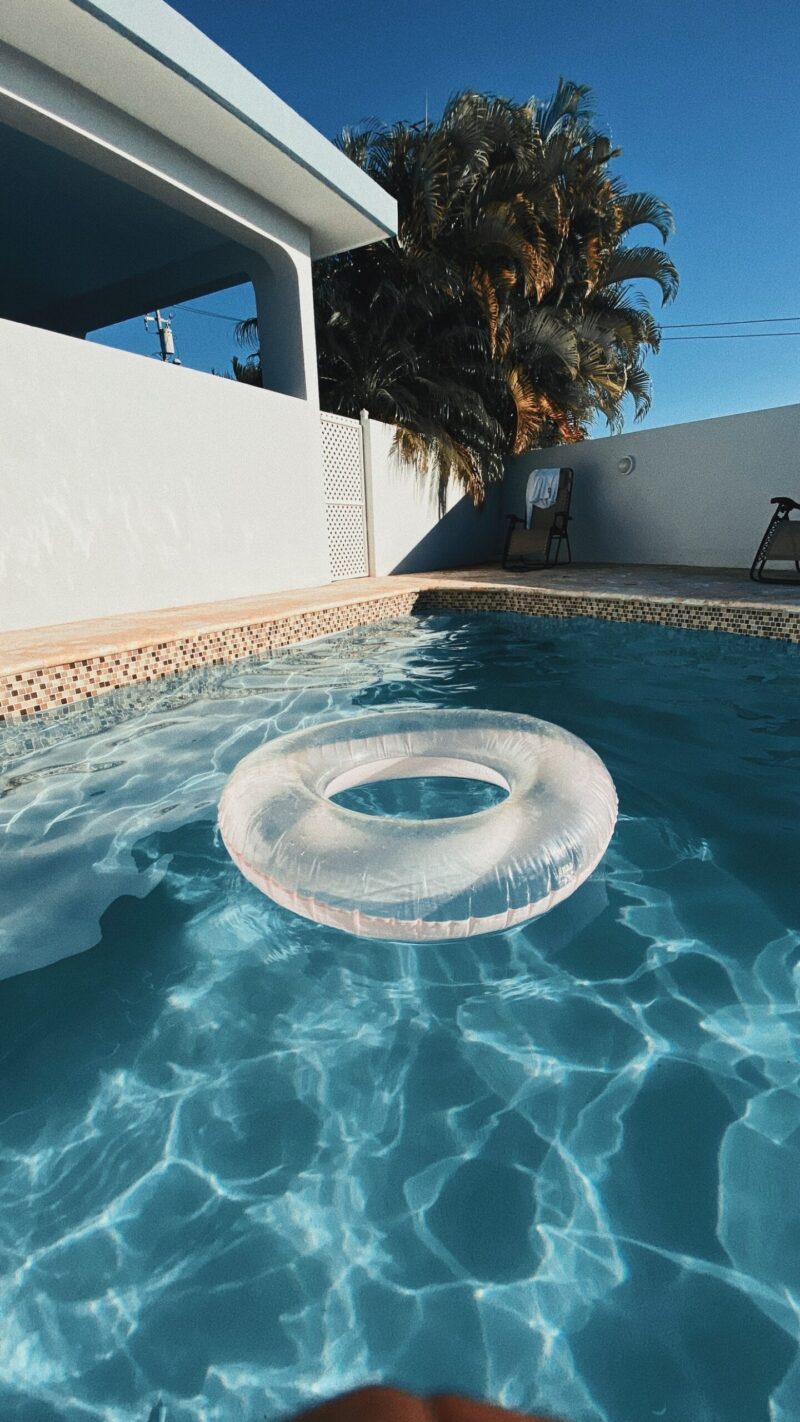

#NAMELY TIME HOW TO#
Is Dropshipping Worth It? How To Make The Right Choice.Best eCommerce Platform For Small Business.Discover The Best eCommerce Platforms In 2022.Complete List Of Business Tax Deductions.
#NAMELY TIME SOFTWARE#
Discover The Best Accounting & Payroll Software In 2022.Find Accounting & Payroll Software Reviews.Business Credit Cards Without Personal Guarantee.Which Business Bank Account is Right For You?.How Signing a Personal Gurantee Affects You.Explore Business Credit & Banking Resources.Best Business Credit Cards For Your Nonprofit Organization.Discover The Best Business Credit Cards In 2022.PayPal Working Capital Loan Alternatives.Best Loans For Startups With Bad Credit.What Is A POS System & Choosing The Best For Your Business.Research Credit Card Processing Reviews.The gap widens when comparing the salaries of senior judges – the average gross annual salary of a judge just before retirement in Serbia is 29,788 euros, while in Europe 90,000 euros. A judge of the same grade in Council of Europe countries is paid an average of EUR 46,149. According to the report, the average gross annual salary of a novice judge in Serbia in 2020 was EUR 16,277. The CEPEJ report also contains data on the salaries of judges and prosecutors, which are among the lowest in Europe. When it comes to lawyers, there are 156.88 per 100,000 inhabitants in Serbia and 134 in Europe. Namely, in Serbia, there are 11.29 deputy public prosecutors per 100,000 inhabitants, which is slightly higher than the European average of 11.1. Prosecutors’ offices, on the other hand, do not boast a higher number of employees. The CEPEJ report also states that Eastern European countries traditionally have a large number of judicial office holders and Serbia is no exception.Īccording to the report, Serbia has 38 judges and 128 other court employees per 100,000 inhabitants as opposed to the Council of Europe member countries which have 17.6 judges and 56 court employees. By contrast, the European average is 358 days. Traditionally, Serbia has the worst statistics on administrative disputes, which last on average of 754 days. In Europe, similar disputes were resolved in 177 days. If one of the parties appealed the first instance verdict, it had to wait an average of 255 days for the final resolution of the dispute. The first instance verdict in a dispute in Serbia took as much as 472 days, significantly longer than in Council of Europe countries (237 days). However, the situation is much worse with civil proceedings. The proceedings before the appeals courts took an average of 36 days in Serbia, while in Europe it took 121 days for the final verdict. Under these circumstances, the average duration of criminal proceedings at the first instance was 155 days, only a few days longer than the European average, and this is where Serbia fares better is in the duration of criminal proceedings at the second instance.


The CEPEJ report also covers the year 2020, when, due to the pandemic and the two-month-long state of emergency the judicial institutions dealt exclusively with emergency cases. Namely, Serbia allocates EUR 279,484,639, or 0.66 per cent of its national GDP annually for the judiciary, which is twice as much as the Council of Europe member states. However, when these amounts are viewed according to the country’s gross domestic product, the picture is somewhat different. Serbia allocates EUR 40 per capita annually for the financing of its judiciary, which is EUR 24.5 lower than citizens of Council of Europe member states – says the report published yesterday by the European Commission for the Efficiency of Justice (CEPEJ), an expert body of the Council of Europe.


 0 kommentar(er)
0 kommentar(er)
